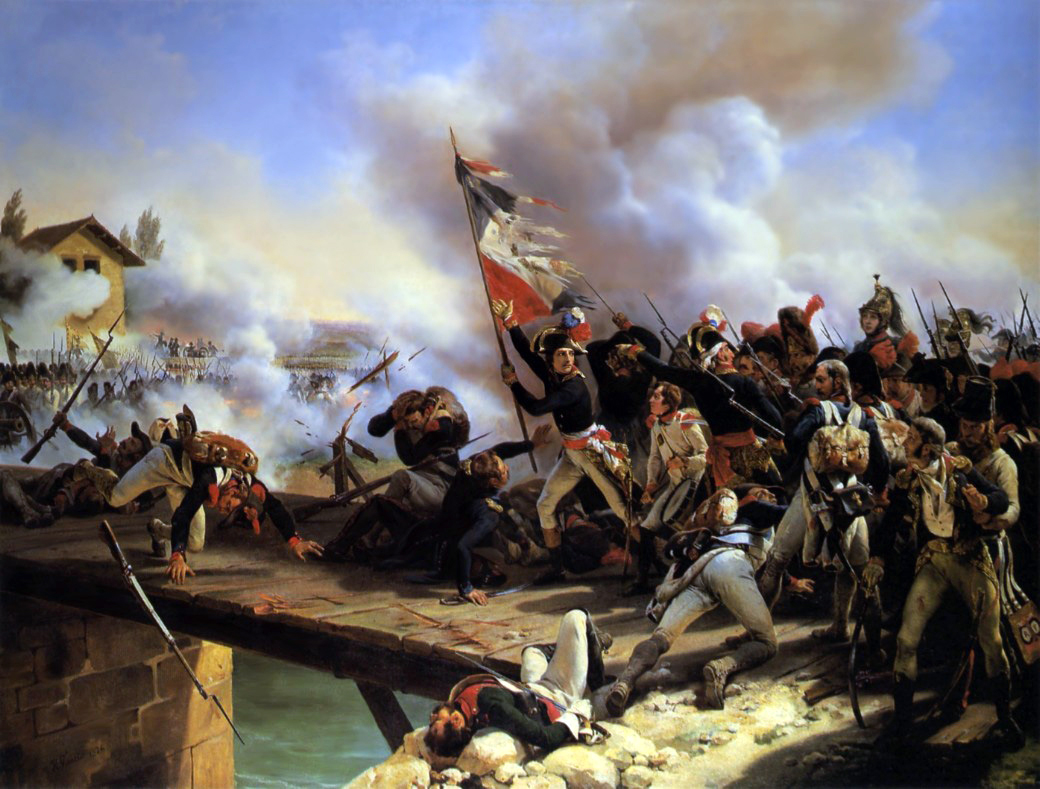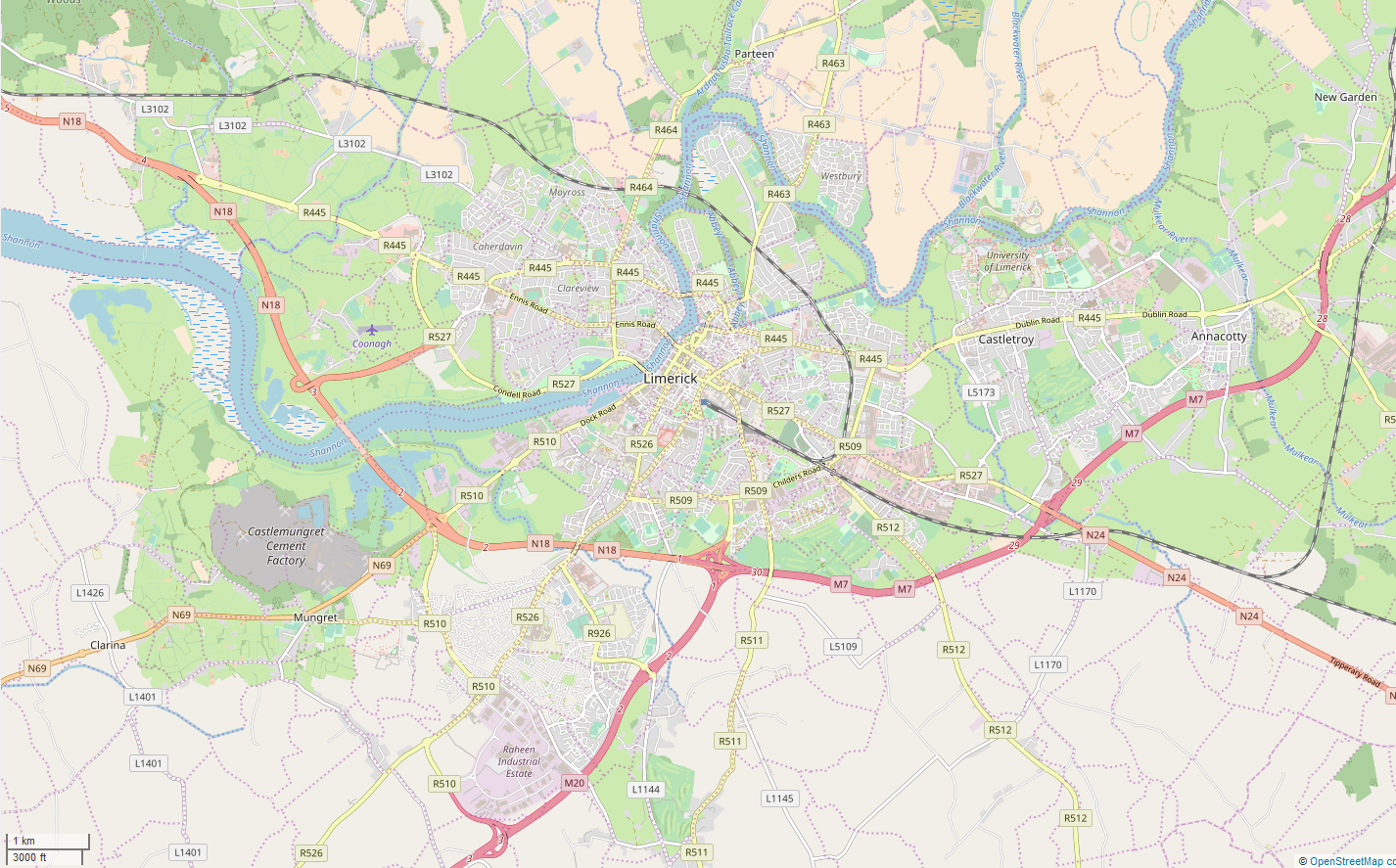|
Samuel Crumpe
Samuel Crumpe (1766–1796) was an Irish physician and a writer on medical and social issues. Life Samuel Crumpe was born at Rathkeale on 15 September 1766. He was the eldest son of Daniel Crumpe and his wife and cousin, Grace, daughter of Richard Orpen of Ardtully, High Sheriff of Kerry. In 1788, at the age of 22, he was awarded the degree of MD at Edinburgh University, with a dissertation in which he argued that scurvy could be cured by good diet. The same year he set up in practice in Limerick, where he was notable for his active service to the poor through his work at St. John's Hospital. In 1792 he married Susan Ingram, described as an accomplished lady with a large fortune, she was the second daughter of the Rev. Jaques Ingram by his wife, the granddaughter of Thomas Smyth, Bishop of Limerick, Ardfert and Aghadoe. The couple had two children, one of whom ( Mary Grace Susan Crumpe) wrote the historical novel ''Geraldine of Desmond: Or, Ireland in the Reign of Elizabeth. ... [...More Info...] [...Related Items...] OR: [Wikipedia] [Google] [Baidu] |
Rathkeale
Rathkeale () is a town in west County Limerick, in Ireland. It is 30 km (18 mi) southwest of Limerick city on the N21 road to Tralee, County Kerry, and lies on the River Deel. Rathkeale has a significant Irish Traveller population, and since 1995, almost half the town residents were members of the traveling community. Rathkeale also has the largest concentration of descendants of the German Palatines who immigrated to Ireland in the early 18th century. Rathkeale has shopping facilities, a museum, two primary schools, and a community college (Coláiste na Trócaire, founded in 1995). The town has a large Roman Catholic parish church, Augustinian Abbey ruins, and the Holy Trinity Church of Ireland church. History On the south-western edge of the town is the 15th-century tower house of Castle Matrix. The castle was built as a fortress during the early 1400s by Thomas FitzGerald, 7th Earl of Desmond, and was later the home of Maurice FitzGerald, 9th Earl of Desmo ... [...More Info...] [...Related Items...] OR: [Wikipedia] [Google] [Baidu] |
Anthologia Hibernica
In book publishing, an anthology is a collection of literary works chosen by the compiler; it may be a collection of plays, poems, short stories, songs or excerpts by different authors. In genre fiction, the term ''anthology'' typically categorizes collections of shorter works, such as short stories and short novels, by different authors, each featuring unrelated casts of characters and settings, and usually collected into a single volume for publication. Alternatively, it can also be a collection of selected writings (short stories, poems etc.) by one author. Complete collections of works are often called " complete works" or "" ( Latin equivalent). Etymology The word entered the English language in the 17th century, from the Greek word, ἀνθολογία (''anthologic'', literally "a collection of blossoms", from , ''ánthos'', flower), a reference to one of the earliest known anthologies, the ''Garland'' (, ''stéphanos''), the introduction to which compares each of ... [...More Info...] [...Related Items...] OR: [Wikipedia] [Google] [Baidu] |
18th-century Irish Medical Doctors
The 18th century lasted from January 1, 1701 ( MDCCI) to December 31, 1800 ( MDCCC). During the 18th century, elements of Enlightenment thinking culminated in the American, French, and Haitian Revolutions. During the century, slave trading and human trafficking expanded across the shores of the Atlantic, while declining in Russia, China, and Korea. Revolutions began to challenge the legitimacy of monarchical and aristocratic power structures, including the structures and beliefs that supported slavery. The Industrial Revolution began during mid-century, leading to radical changes in human society and the environment. Western historians have occasionally defined the 18th century otherwise for the purposes of their work. For example, the "short" 18th century may be defined as 1715–1789, denoting the period of time between the death of Louis XIV of France and the start of the French Revolution, with an emphasis on directly interconnected events. To historians who expand t ... [...More Info...] [...Related Items...] OR: [Wikipedia] [Google] [Baidu] |
Alumni Of The University Of Edinburgh
This is a list of notable graduates as well as non-graduate former students, academic ranks in the United Kingdom, academic staff, and university officials of the University of Edinburgh in Scotland. It also includes those who may be considered alumni by extension, having studied at institutions that later merged with the University of Edinburgh. The university is associated with 19 Nobel Prize laureates, three Turing Award winners, an Abel Prize laureate and Fields Medallist, four Pulitzer Prize winners, three List of prime ministers of the United Kingdom by education, Prime Ministers of the United Kingdom, and several Olympic Games, Olympic gold medallists. Government and politics Heads of state and government United Kingdom Cabinet and Party Leaders Scottish Cabinet and Party Leaders Current Members of the House of Commons * Wendy Chamberlain, MP for North East Fife (UK Parliament constituency), North East Fife * Joanna Cherry, MP for Edinburgh South West (UK Pa ... [...More Info...] [...Related Items...] OR: [Wikipedia] [Google] [Baidu] |
Medical Doctors From County Limerick
Medicine is the science and practice of caring for a patient, managing the diagnosis, prognosis, prevention, treatment, palliation of their injury or disease, and promoting their health. Medicine encompasses a variety of health care practices evolved to maintain and restore health by the prevention and treatment of illness. Contemporary medicine applies biomedical sciences, biomedical research, genetics, and medical technology to diagnose, treat, and prevent injury and disease, typically through pharmaceuticals or surgery, but also through therapies as diverse as psychotherapy, external splints and traction, medical devices, biologics, and ionizing radiation, amongst others. Medicine has been practiced since prehistoric times, and for most of this time it was an art (an area of skill and knowledge), frequently having connections to the religious and philosophical beliefs of local culture. For example, a medicine man would apply herbs and say prayers for heal ... [...More Info...] [...Related Items...] OR: [Wikipedia] [Google] [Baidu] |
1796 Deaths
Events January–March * January 16 – The first Dutch (and general) elections are held for the National Assembly of the Batavian Republic. (The next Dutch general elections are held in 1888.) * February 1 – The capital of Upper Canada is moved from Newark to York. * February 9 – The Qianlong Emperor of China abdicates at age 84 to make way for his son, the Jiaqing Emperor. * February 15 – French Revolutionary Wars: The Invasion of Ceylon (1795) ends when Johan van Angelbeek, the Batavian governor of Ceylon, surrenders Colombo peacefully to British forces. * February 16 – The Kingdom of Great Britain is granted control of Ceylon by the Dutch. * February 29 – Ratifications of the Jay Treaty between Great Britain and the United States are officially exchanged, bringing it into effect.''Harper's Encyclopaedia of United States History from 458 A. D. to 1909'', ed. by Benson John Lossing and, Woodrow Wilson (Harper & Brothers, ... [...More Info...] [...Related Items...] OR: [Wikipedia] [Google] [Baidu] |
1766 Births
Events January–March * January 1 – Charles Edward Stuart ("Bonnie Prince Charlie") becomes the new Stuart claimant to the throne of Great Britain, as King Charles III, and figurehead for Jacobitism. * January 14 – Christian VII becomes King of Denmark. * January 20 – Outside of the walls of the Thailand capital of Ayutthaya, tens of thousands of invaders from Burma (under the command of General Ne Myo Thihapate and General Maha Nawatra) are confronted by Thai defenders led by General Phya Taksin. The defenders are overwhelmed and the survivors take refuge inside Ayutthaya. The siege continues for 15 months before the Burmese attackers collapse the walls by digging tunnels and setting fire to debris. The city falls on April 9, 1767, and King Ekkathat is killed. * February 5 – An observer in Wilmington, North Carolina reports to the Edinburgh newspaper ''Caledonian Mercury'' that three ships have been seized by British men-of-war, on the ... [...More Info...] [...Related Items...] OR: [Wikipedia] [Google] [Baidu] |
Mikuláš Teich
Mikuláš Teich (24 July 1918 – 16 August 2018) was a Slovak-British historian of science, best known for the series of histories in national context which he co-edited with Roy Porter. He was married to the economic historian Alice Teichova. Life Mikuláš Teich was born in Kassa (Košice) on 24 July 1918, and grew up in an assimilated Jewish family. He studied medicine at Masaryk University, where he became politically active. After the German invasion in March 1939, he and his older brother decided to emigrate, and arrived in London in April 1939. Helped by the Montefiore family, he studied for an external university degree in chemistry at University College, Exeter. He went on to study at Leeds University, joining the Communist Party alongside Alice, who became his wife in 1944. After he gained his doctorate in 1946, they returned to Prague. However, Teich was there labelled a “destructive element” and lost his job in the chemistry department. He managed to build anothe ... [...More Info...] [...Related Items...] OR: [Wikipedia] [Google] [Baidu] |
Roy Porter
Roy Sydney Porter, FBA (31 December 1946 – 3 March 2002) was a British historian known for his work on the history of medicine. He retired in 2001 from the director of the Wellcome Institute for the History of Medicine at University College London (UCL). Life Porter grew up in South London and attended Wilson's School in Camberwell.John Forrester,Obituary: Professor Roy Porter, ''The Independent'', 6 March 2002 (accessed 6 July 2015) He won a scholarship to Christ's College, Cambridge, where he studied under J. H. Plumb.Professor Roy Porter , ''The Telegraph'', 5 March 2002 (accessed 14 March 2009) His contemporaries included and Andrew Wheatcroft. He ... [...More Info...] [...Related Items...] OR: [Wikipedia] [Google] [Baidu] |
Charles Ryle Fay
Charles Ryle Fay (13 January 1884 – 19 November 1961) was a noted British economic historian. He was a strong advocate of co-operation, workers' rights and women's rights. He was educated at Merchant Taylors' Boys' School, Crosby and the University of Cambridge, where he was a student alongside John Maynard Keynes. The two remained friends until Keynes' death. Fay's papers are held at the Public Record Office of Northern Ireland The Public Record Office of Northern Ireland (PRONI) is situated in Belfast, Northern Ireland. It is a division within the Engaged Communities Group of the Department for Communities (DfC). The Public Record Office of Northern Ireland is disti .... Works * ''Co-operation at home and abroad: a description and analysis'', 1908 * ''Copartnership in industry'', 1913 * ''Life and labour in the nineteenth century; being the substance of lectures delivered at Cambridge University in the year 1919 to students of economics, among whom were officers of the R ... [...More Info...] [...Related Items...] OR: [Wikipedia] [Google] [Baidu] |
Royal Irish Academy
The Royal Irish Academy (RIA; ga, Acadamh Ríoga na hÉireann), based in Dublin, is an academic body that promotes study in the sciences, humanities and social sciences. It is Ireland's premier learned society and one its leading cultural institutions. The Academy was established in 1785 and granted a royal charter in 1786. the RIA has around 600 members, regular members being Irish residents elected in recognition of their academic achievements, and Honorary Members similarly qualified but based abroad; a small number of members are elected in recognition of non-academic contributions to society. Until the late 19th century the Royal Irish Academy was the owner of the main national collection of Irish antiquities. It presented its collection of archaeological artefacts and similar items, which included such famous pieces as the Tara Brooch, the Cross of Cong and the Ardagh Chalice to what is now the National Museum of Ireland, but retains its very significant collection ... [...More Info...] [...Related Items...] OR: [Wikipedia] [Google] [Baidu] |
Limerick
Limerick ( ; ga, Luimneach ) is a western city in Ireland situated within County Limerick. It is in the province of Munster and is located in the Mid-West which comprises part of the Southern Region. With a population of 94,192 at the 2016 census, Limerick is the third-most populous urban area in the state, and the fourth-most populous city on the island of Ireland at the 2011 census. The city lies on the River Shannon, with the historic core of the city located on King's Island, which is bounded by the Shannon and Abbey Rivers. Limerick is also located at the head of the Shannon Estuary, where the river widens before it flows into the Atlantic Ocean. Limerick City and County Council is the local authority for the city. Geography and political subdivisions At the 2016 census, the Metropolitan District of Limerick had a population of 104,952. On 1 June 2014 following the merger of Limerick City and County Council, a new Metropolitan District of Limerick was formed wit ... [...More Info...] [...Related Items...] OR: [Wikipedia] [Google] [Baidu] |
.jpg)





